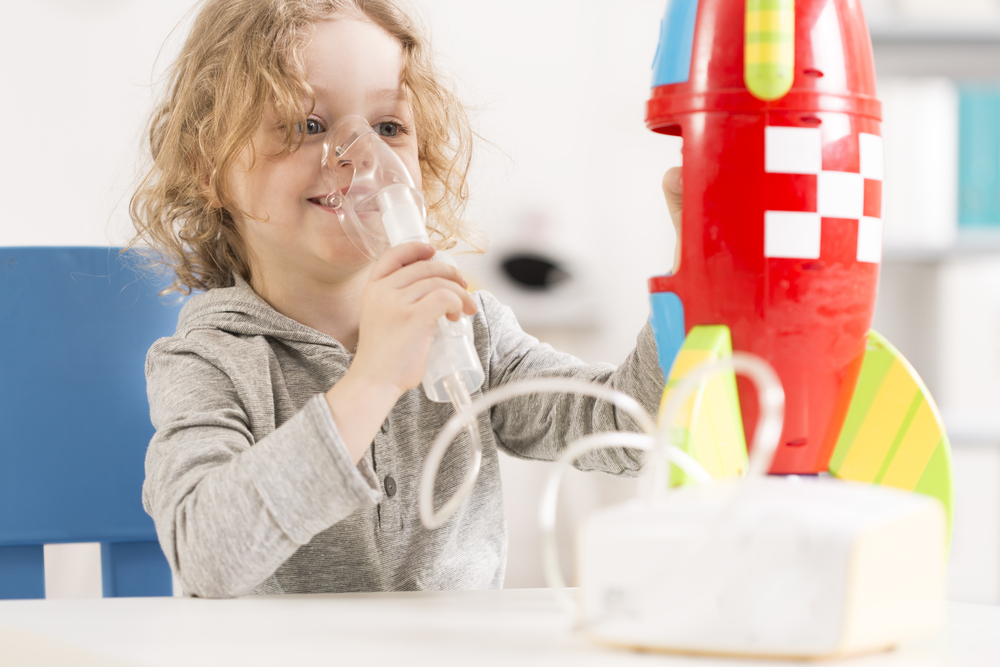Blood, Lung-function Tests Can Lead to Early Detection of Serious Bacteria in CF Children, Study Shows
Written by |

Measuring antibodies in the blood and administering lung-function tests, either alone or in combination, significantly increase health-care specialists’ ability to detect the serious bacteria Pseudomonas aeruginosa in children with cystic fibrosis (CF).
The study, “Assessment of serology and spirometry and the combination of both to complement microbiological isolation for earlier detection of Pseudomonas aeruginosa infection in children with cystic fibrosis,” was published in the journal BMC Pulmonary Medicine.
Pseudomonas aeruginosa infection increases the risk of CF becoming worse. The longer it remains undetected in patients’ lungs, the less chance there is of antibiotics eradicating it.
The most common detection methods today are examining sputum or using a hollow tube known as a bronchoscope to check the inside of the airways. With children, the bronchoscope test is performed under general anesthesia.
An alternative to sputum analysis, which can be hard on small children, is using deep-throat swabs or suction devices. This approach lowers the chance of detecting bacteria and other pathogens in the lower airways, however.
Researchers wanted to try different, non-invasive methods of detecting Pseudomonas aeruginosa in both children and adolescents with CF.
Their goal was to determine if blood antibody tests and lung-function tests, or a combination of the two, could offer early detection of the bacteria to complement culture-based methods.
The blood or serologic tests they administered were aimed at detecting antibodies against Pseudomonas aeruginosa that would be signs of the disease’s presence. The lung-function test they used, spirometry, assesses how well the lungs work by measuring the amount of air a person can inhale and exhale, and how long it takes to do both.
Researchers enrolled 67 children with CF in the four-year study. Serology and spirometry tests were conducted. A scoring system was used that combined the serology and spirometry results. The mean age of the children examined was 10.5 years.
The team observed a significant correlation between the use of serology and the detection of Pseudomonas aeruginosa, and a significant correlation between the use of a combination of serology and spirometry and the detection of the bacteria.
The results suggest that serologic tests to detect Pseudomonas aeruginosa antibodies and a combination of serology and lung-function measurement can complement other methods of achieving early detection of Pseudomonas aeruginosa in children with CF.






